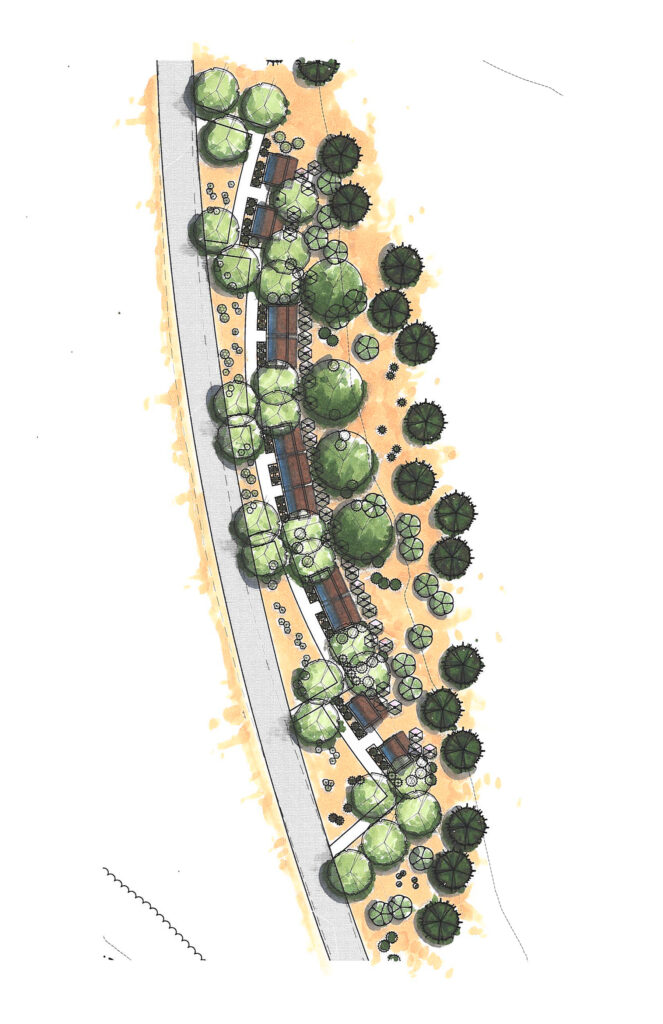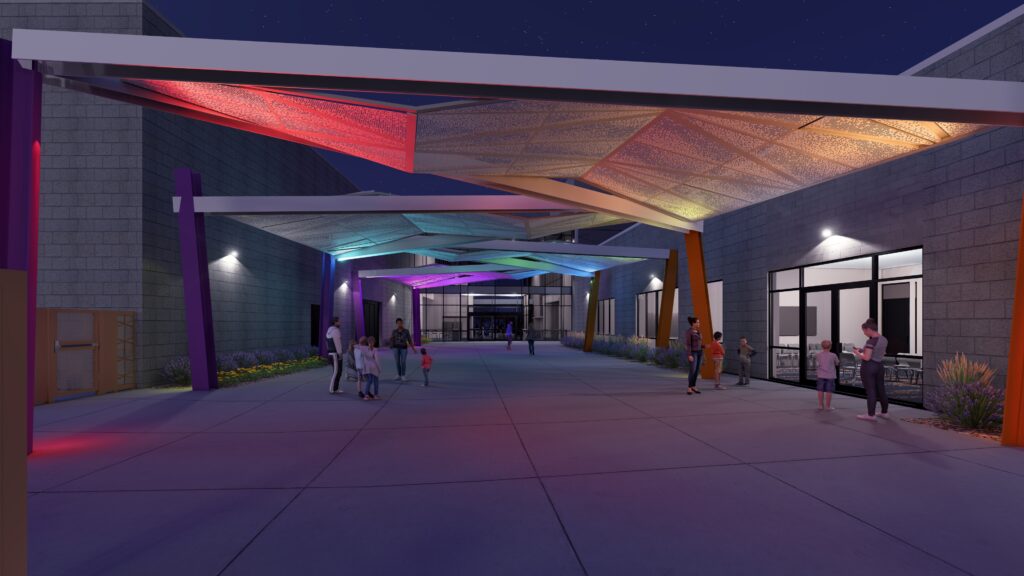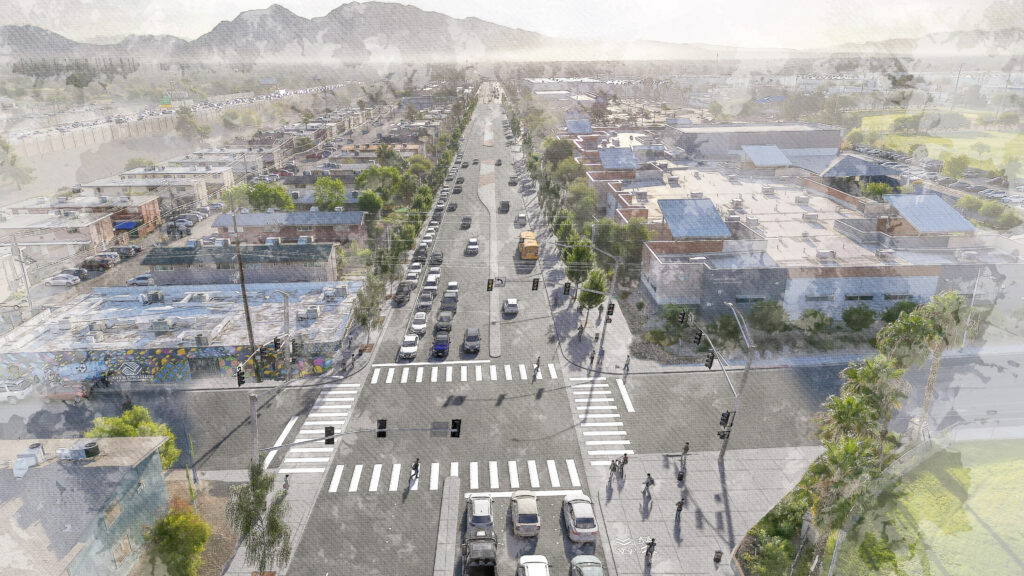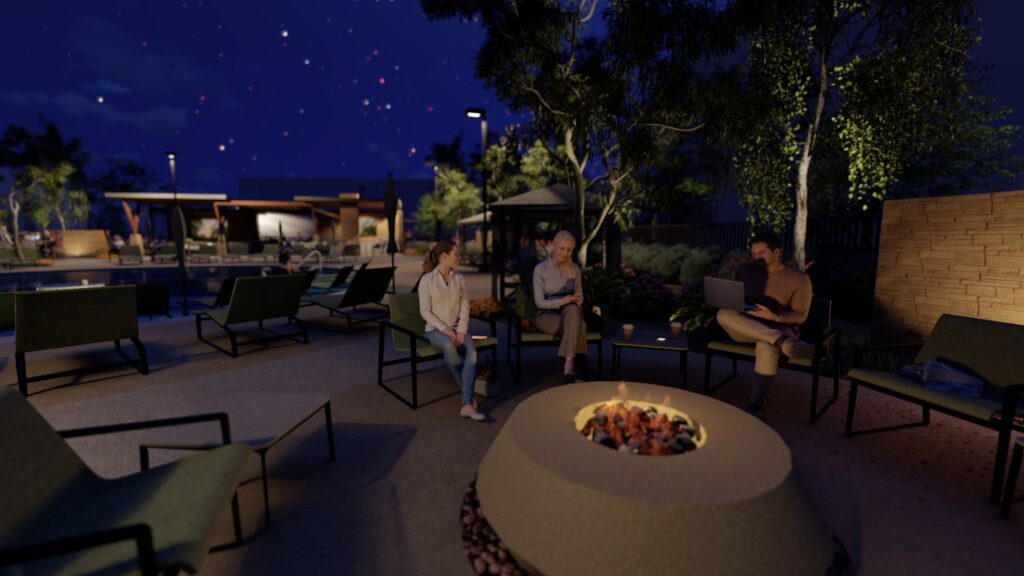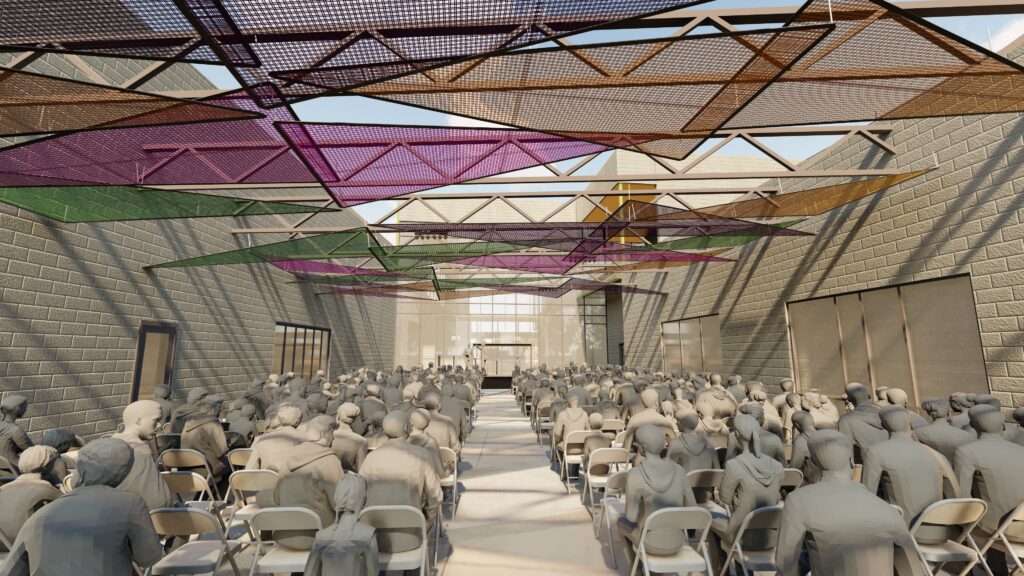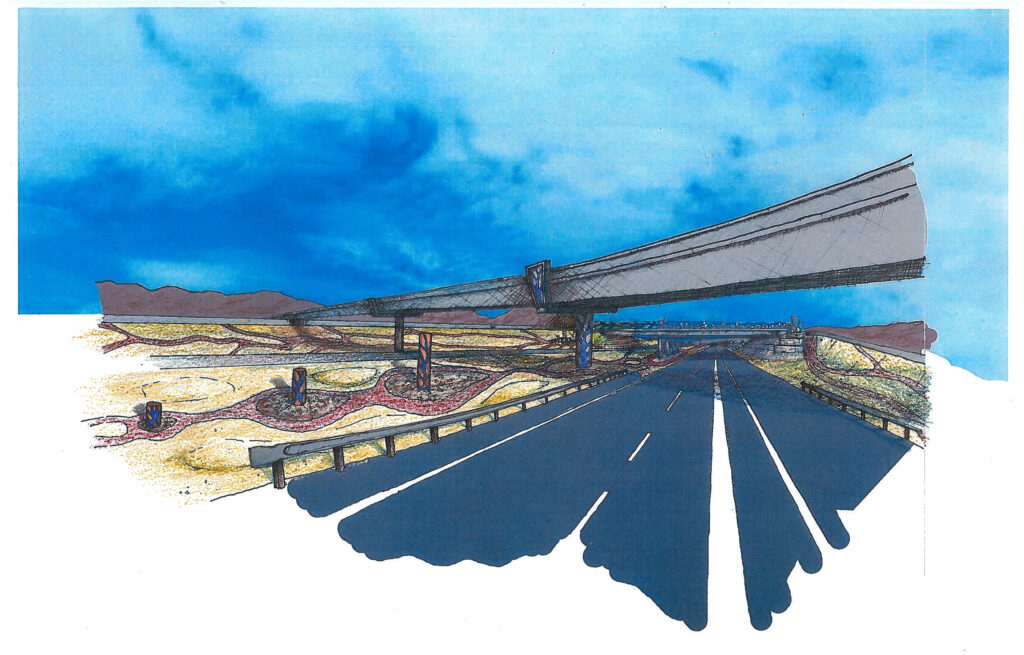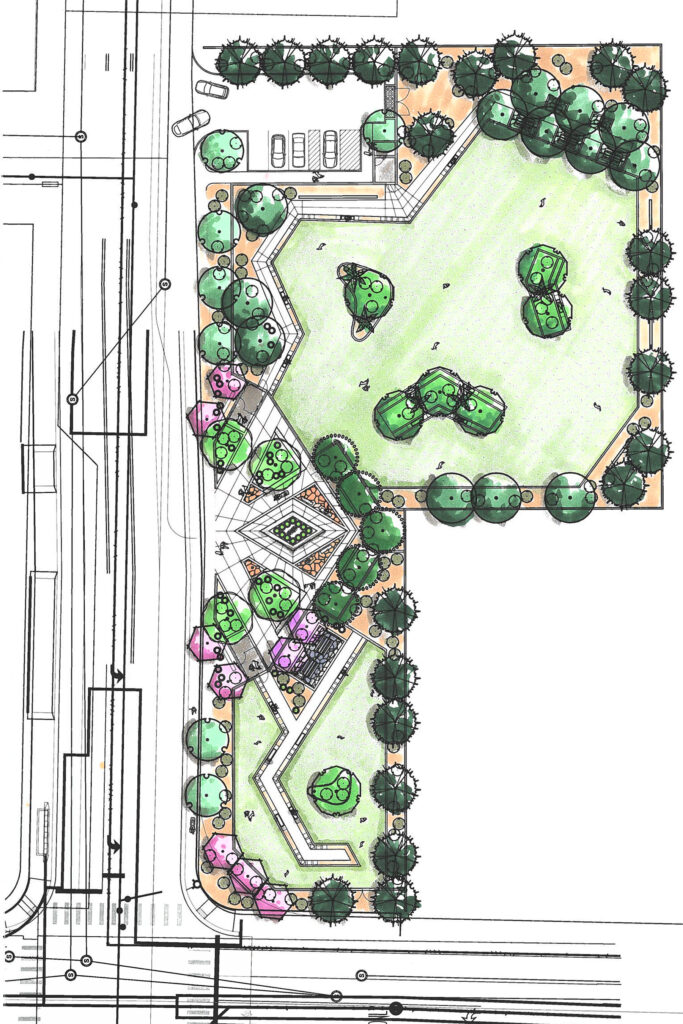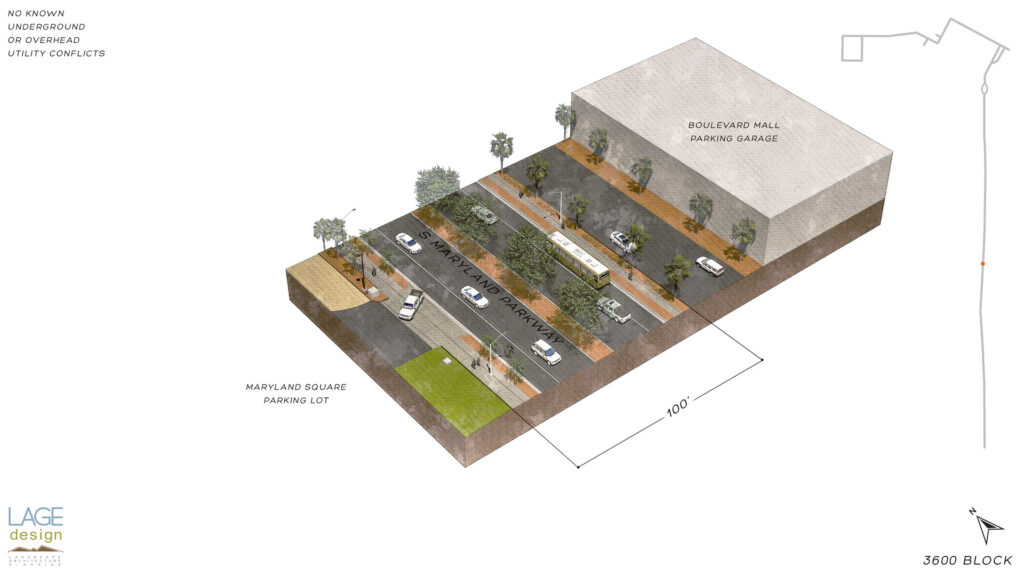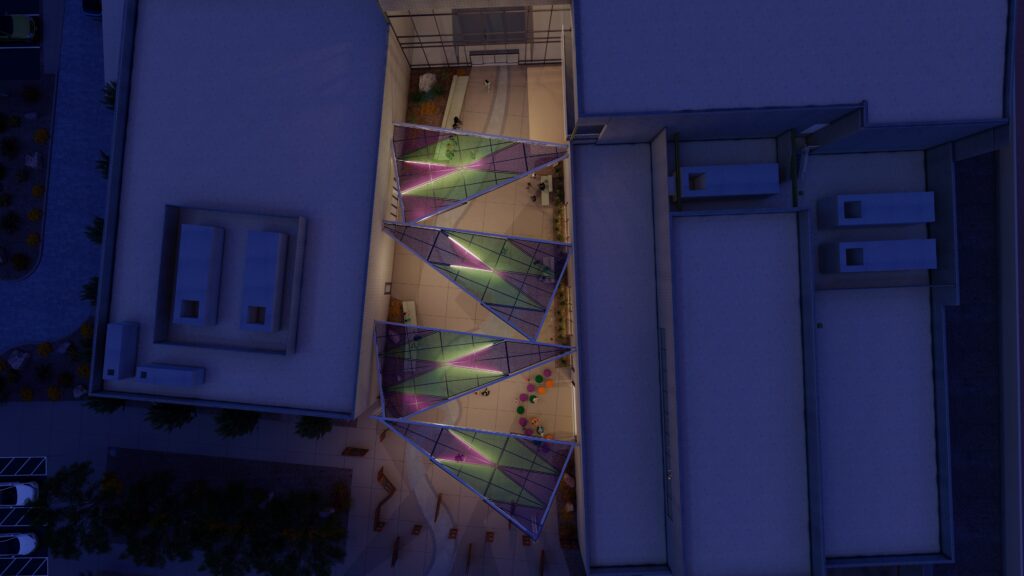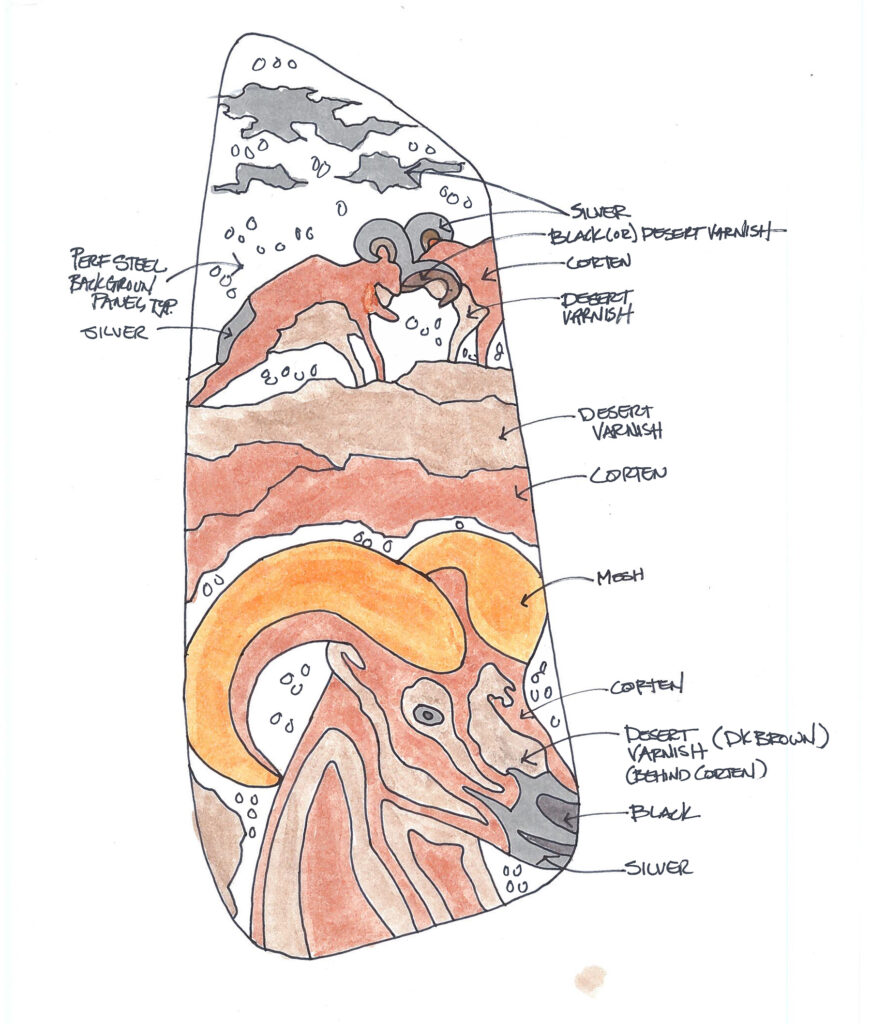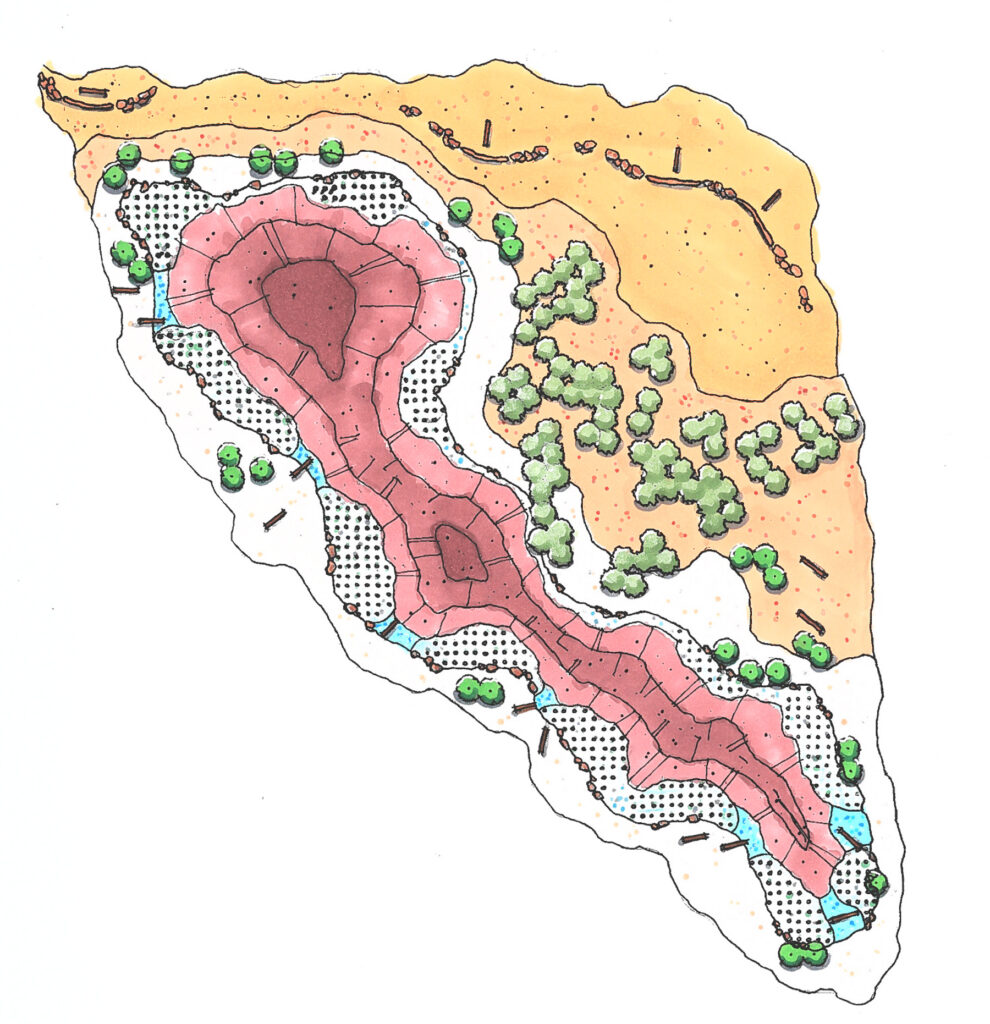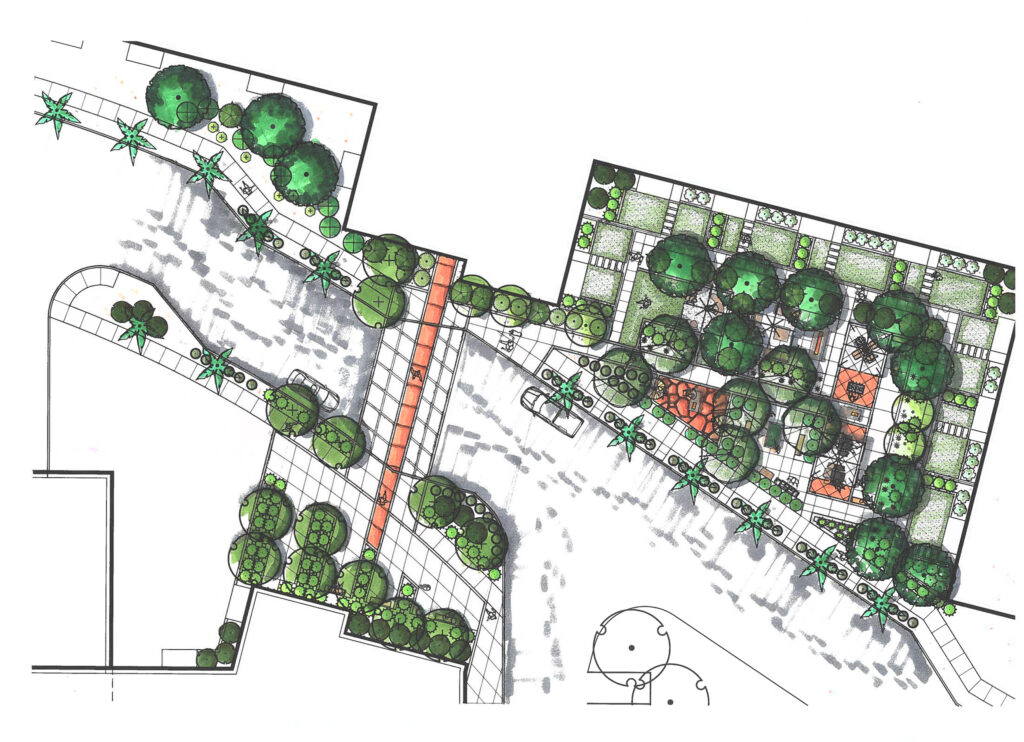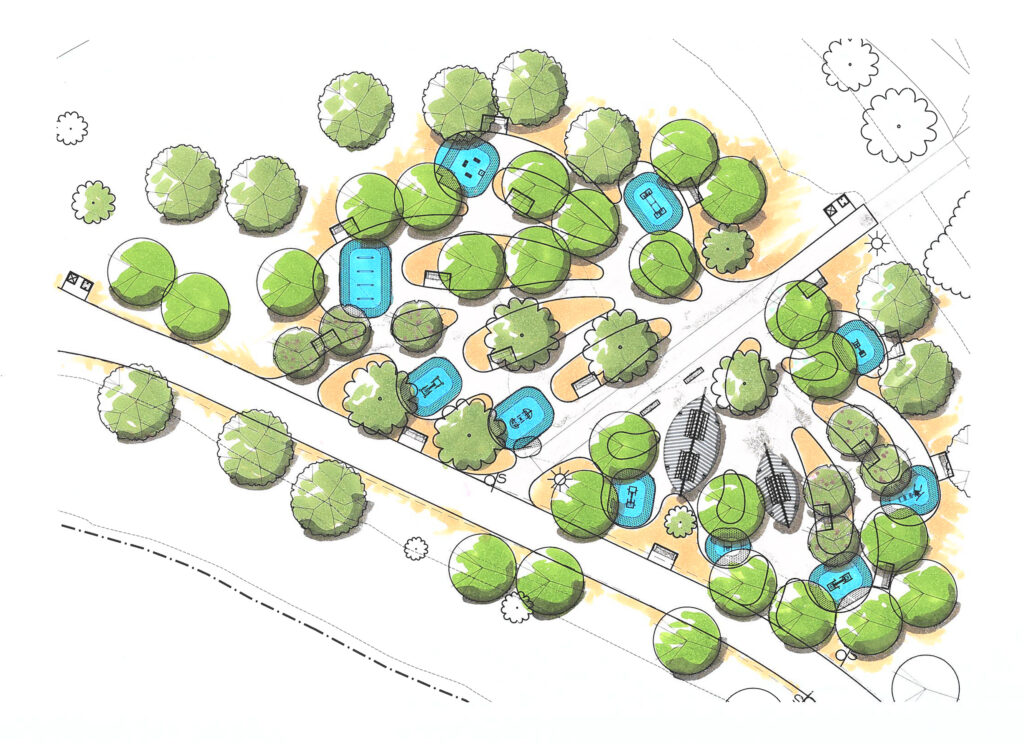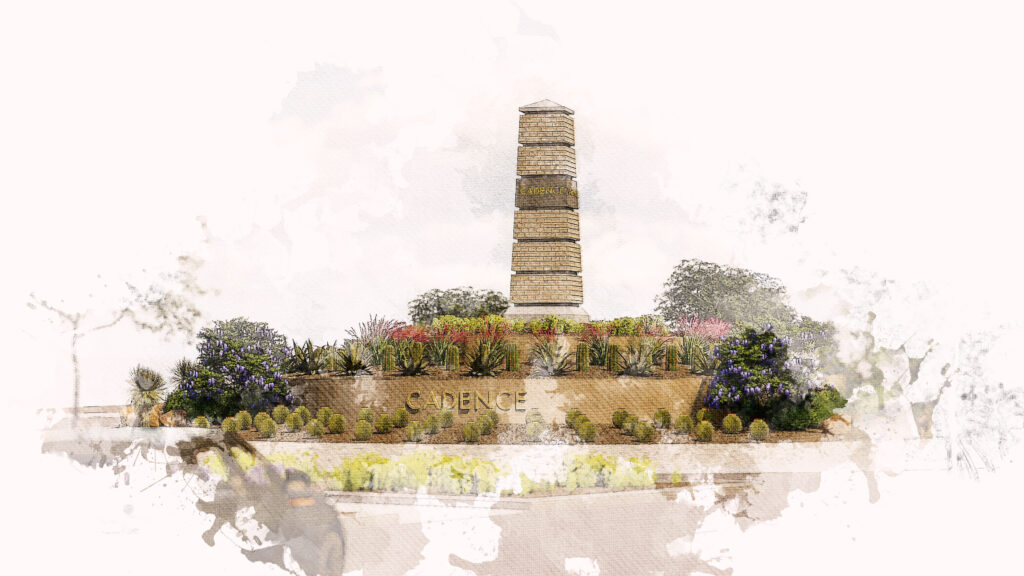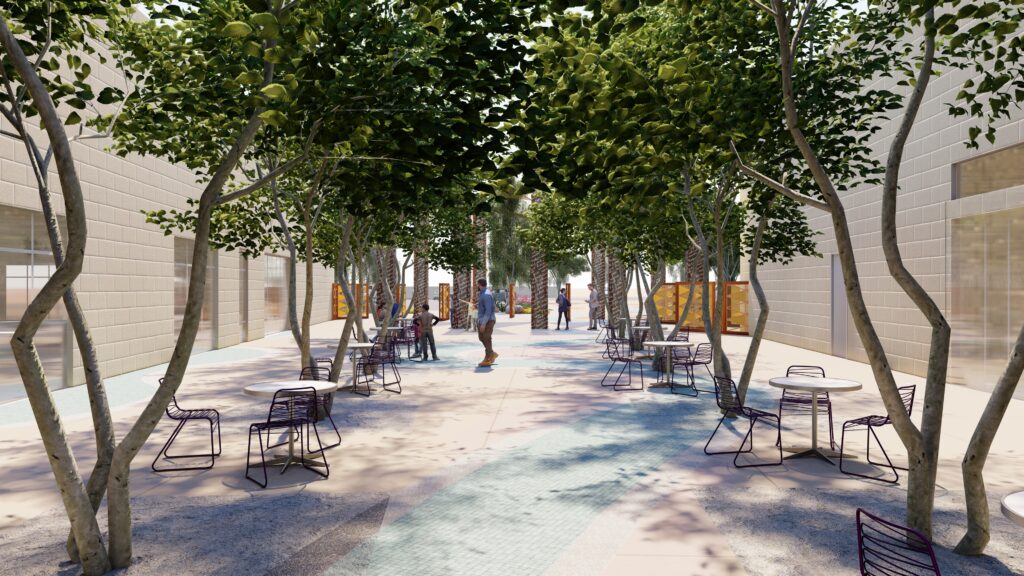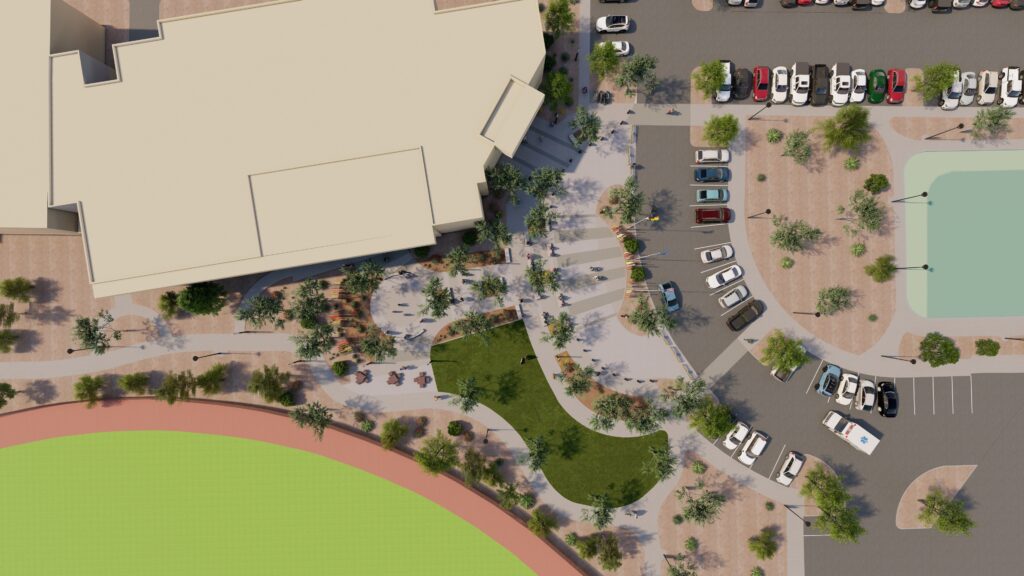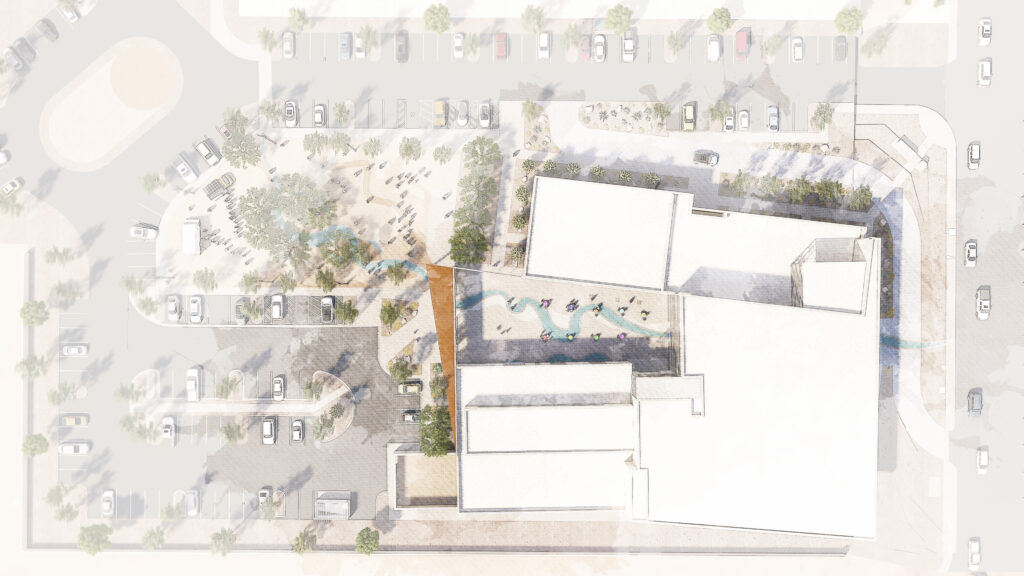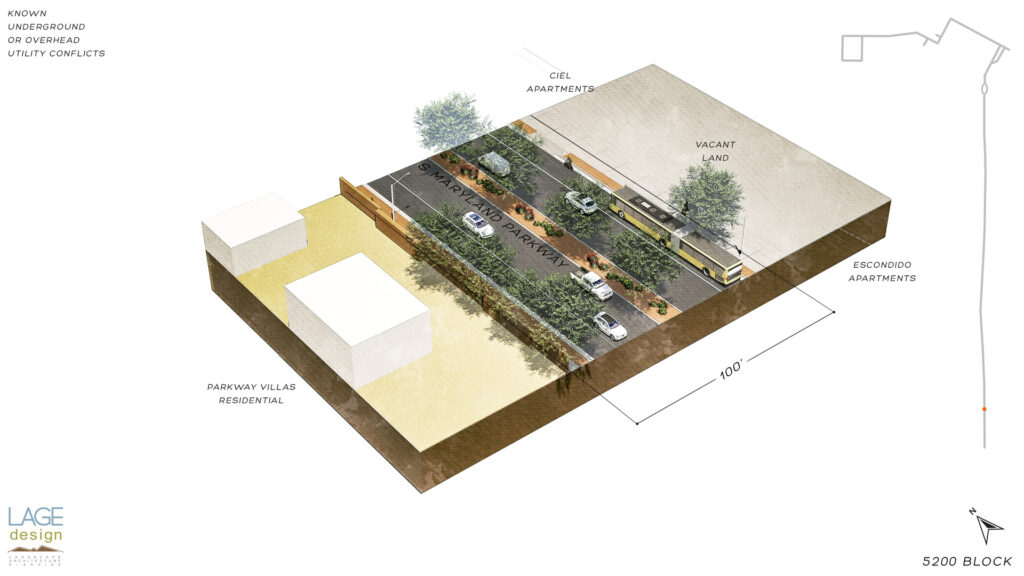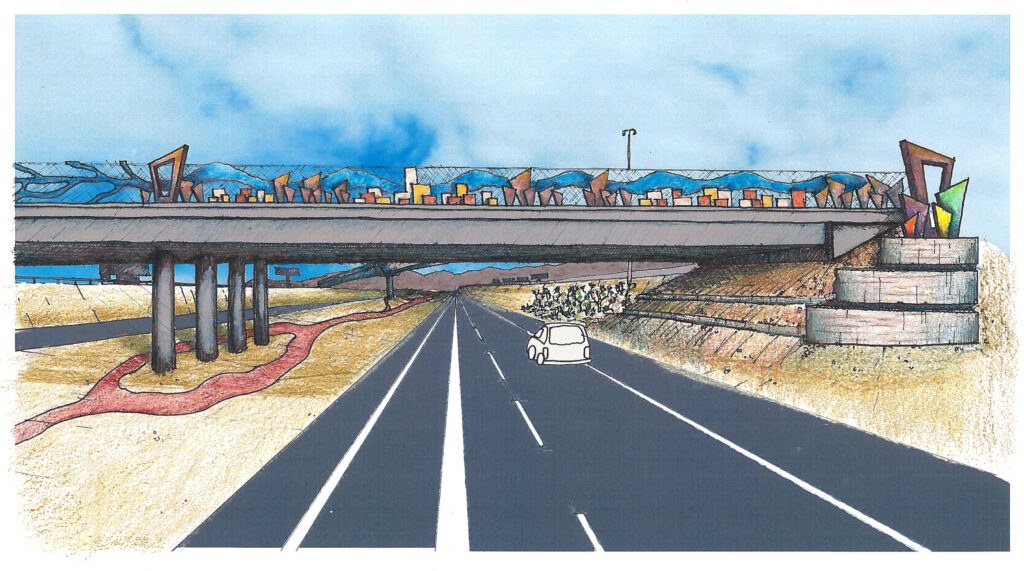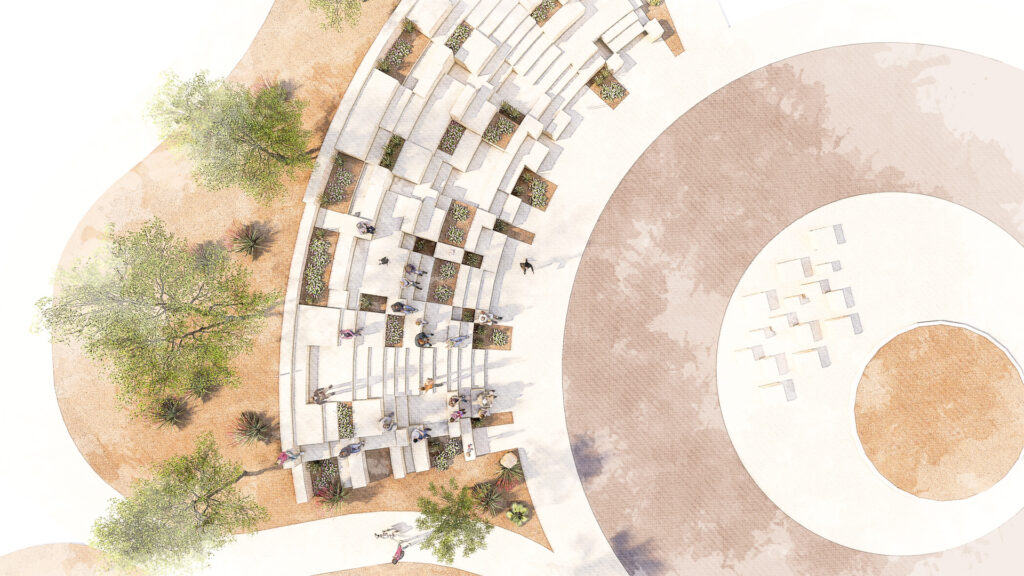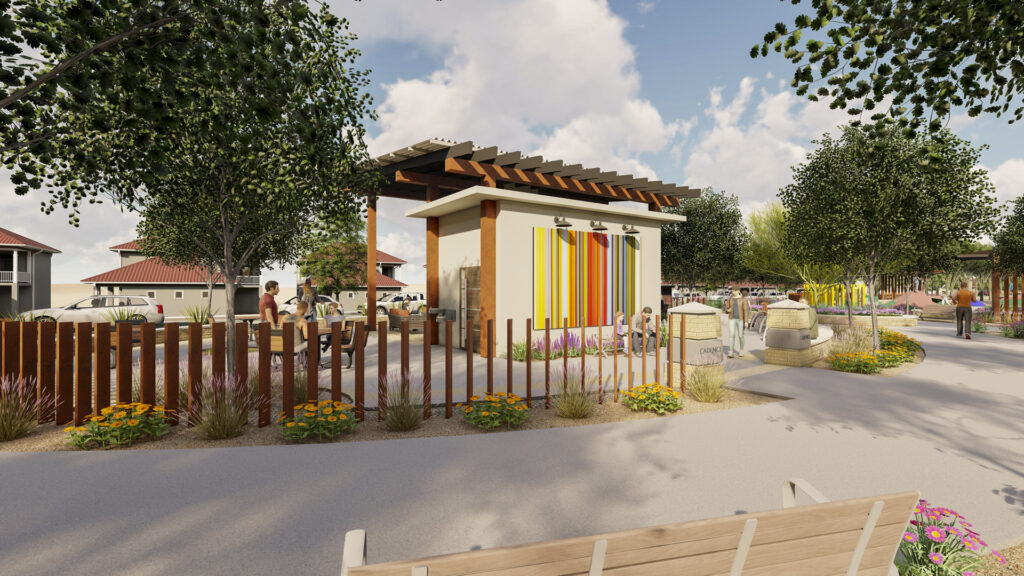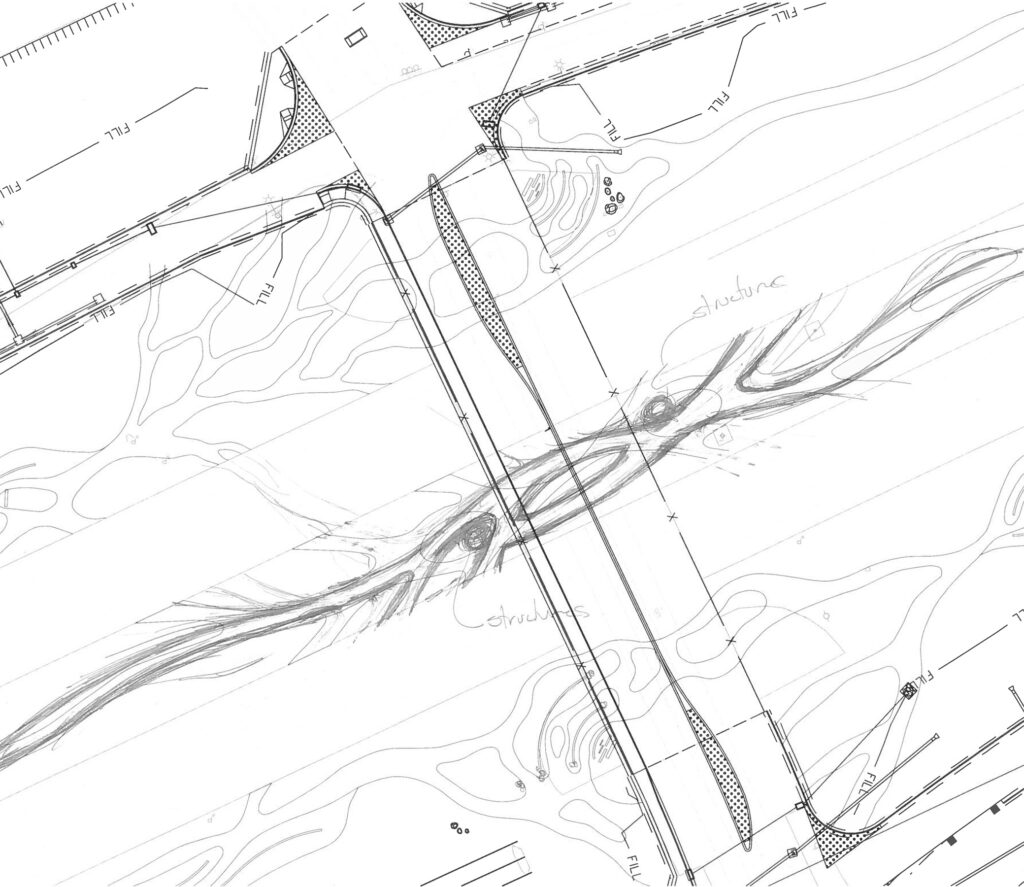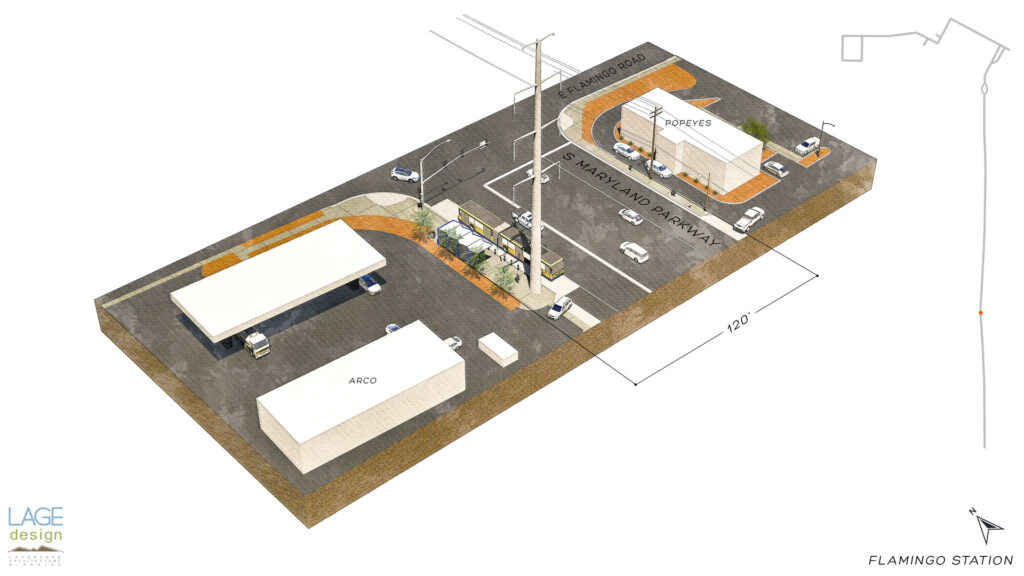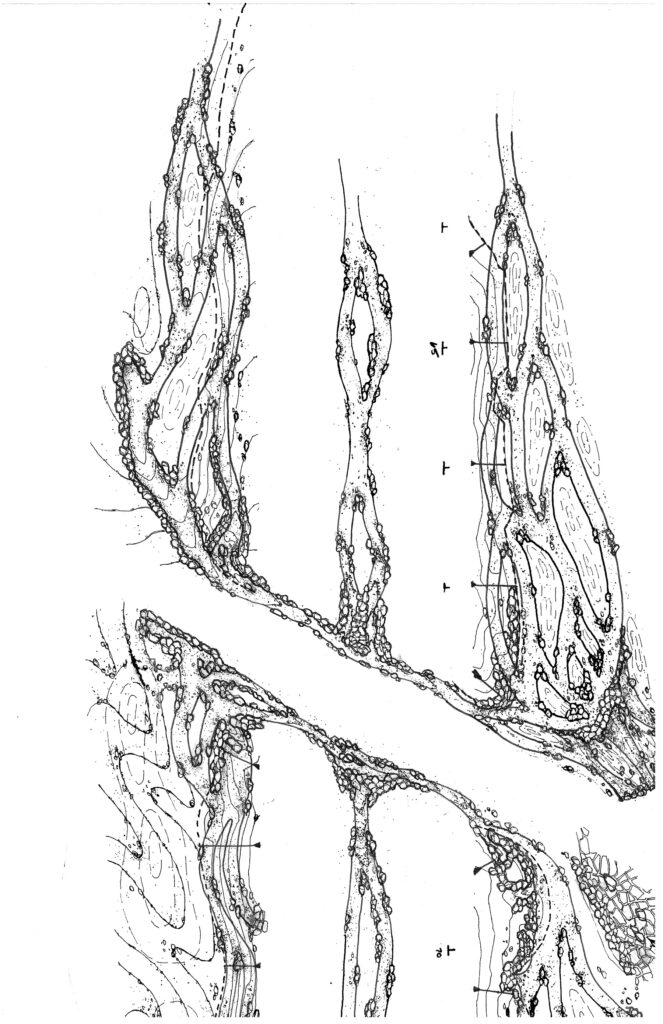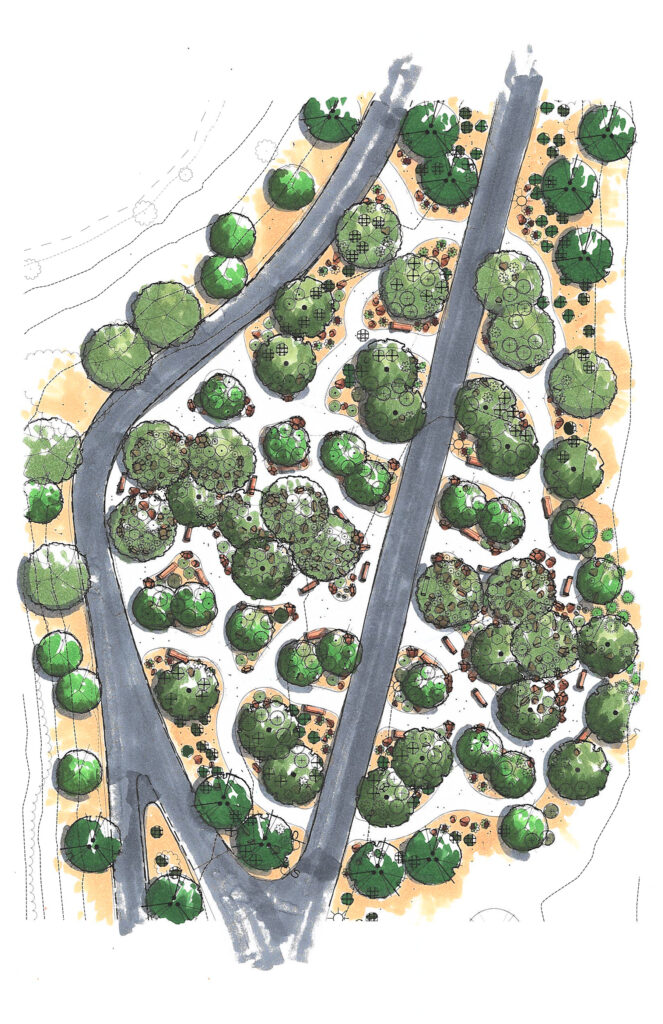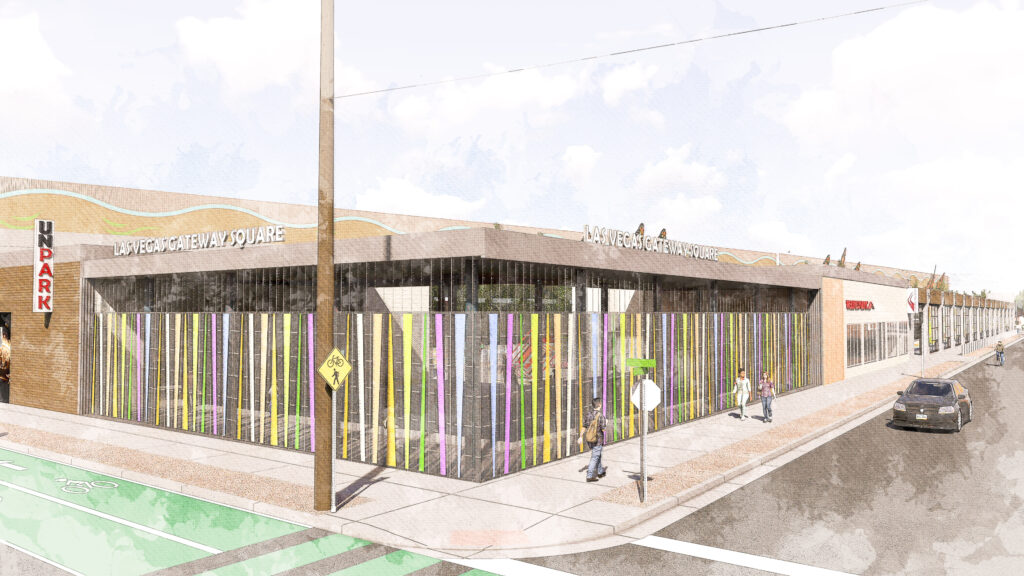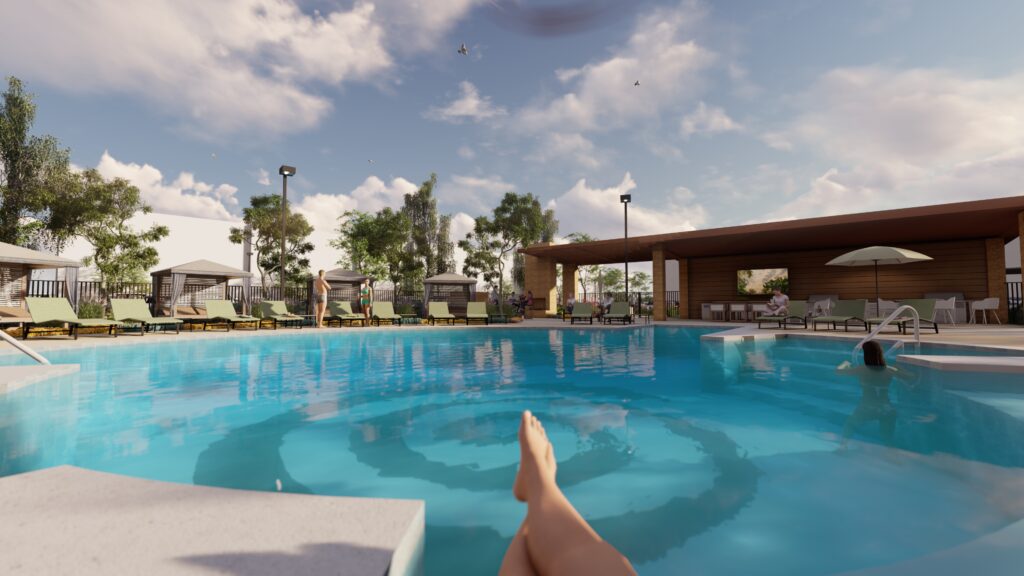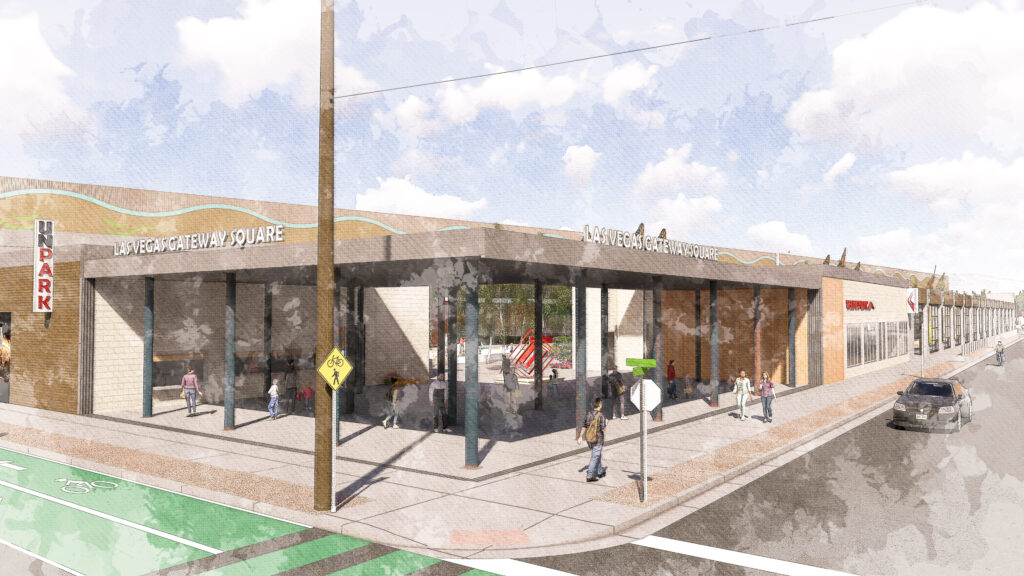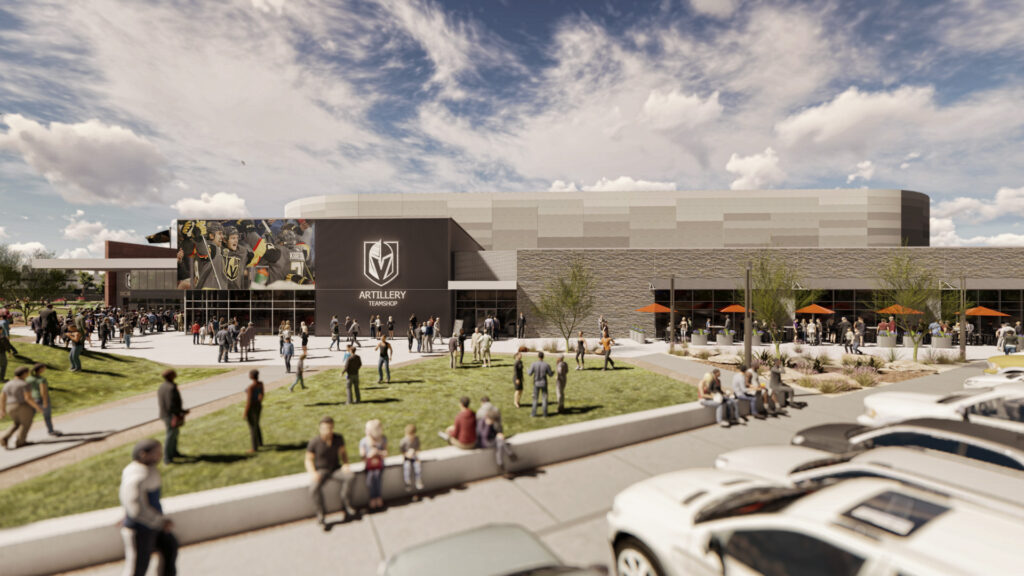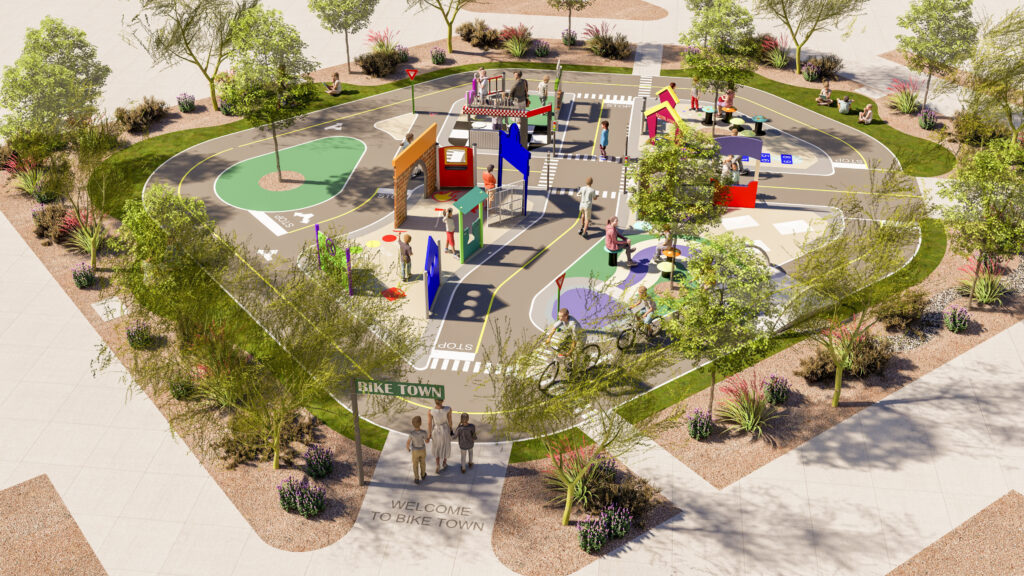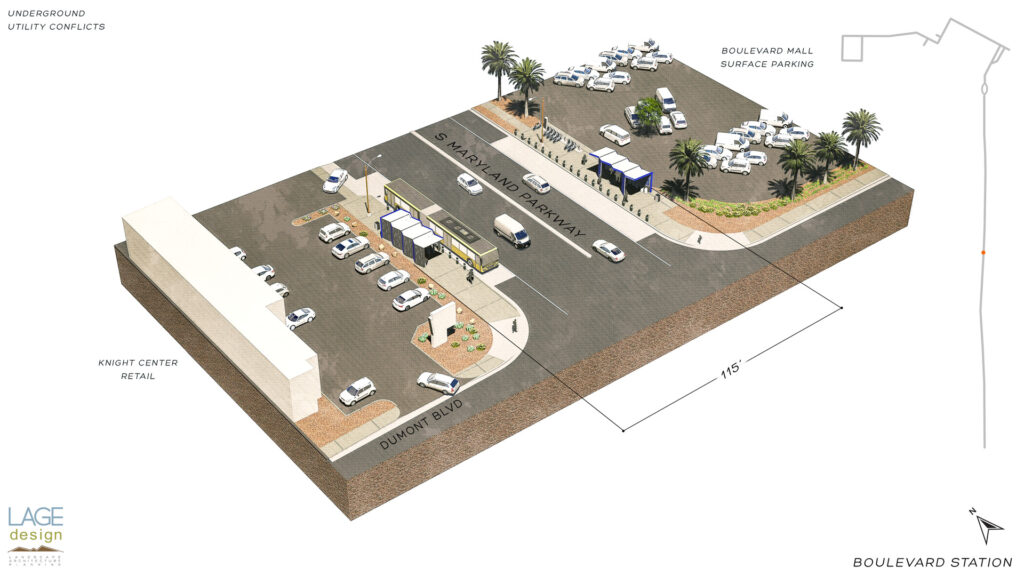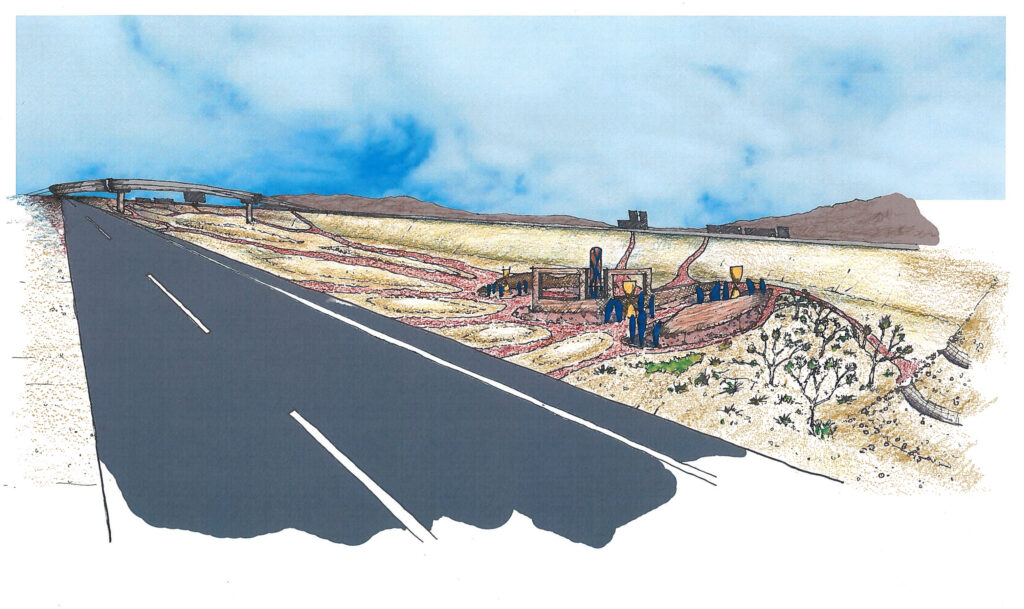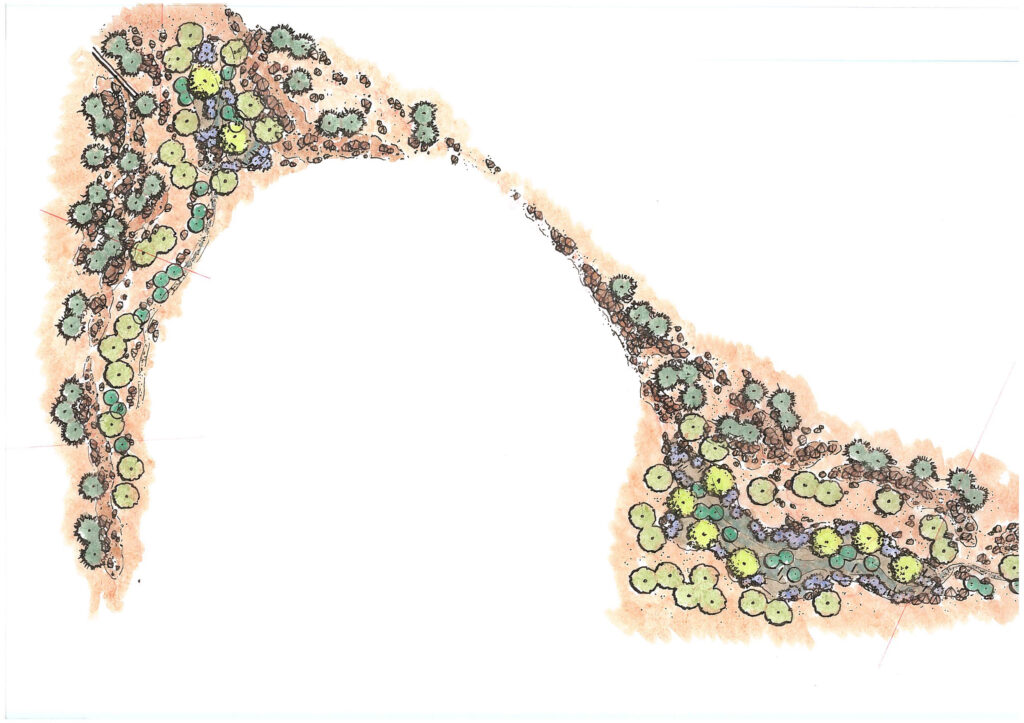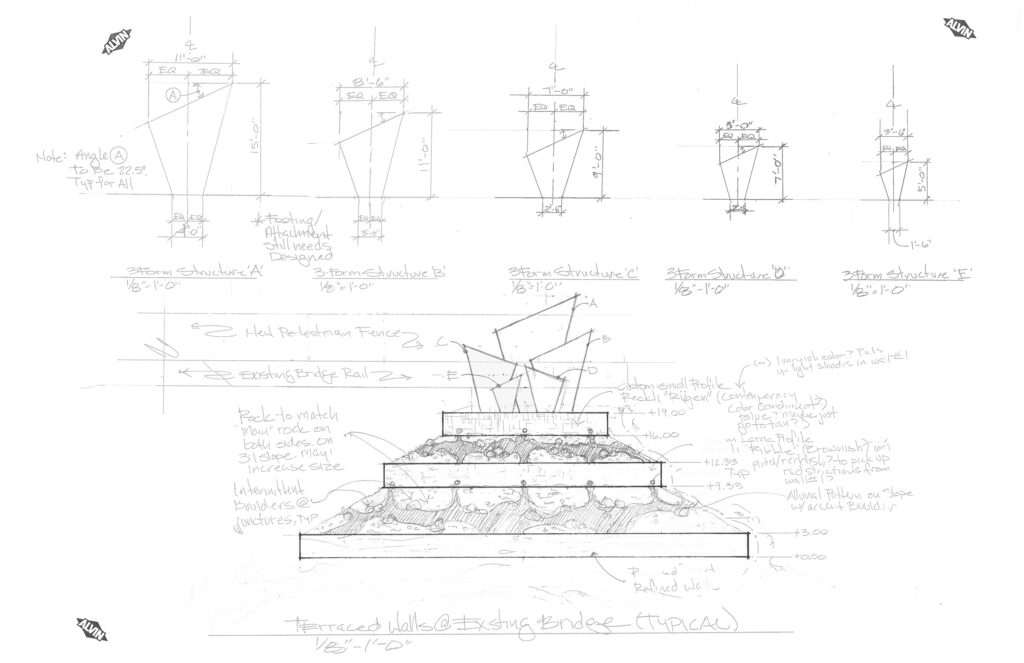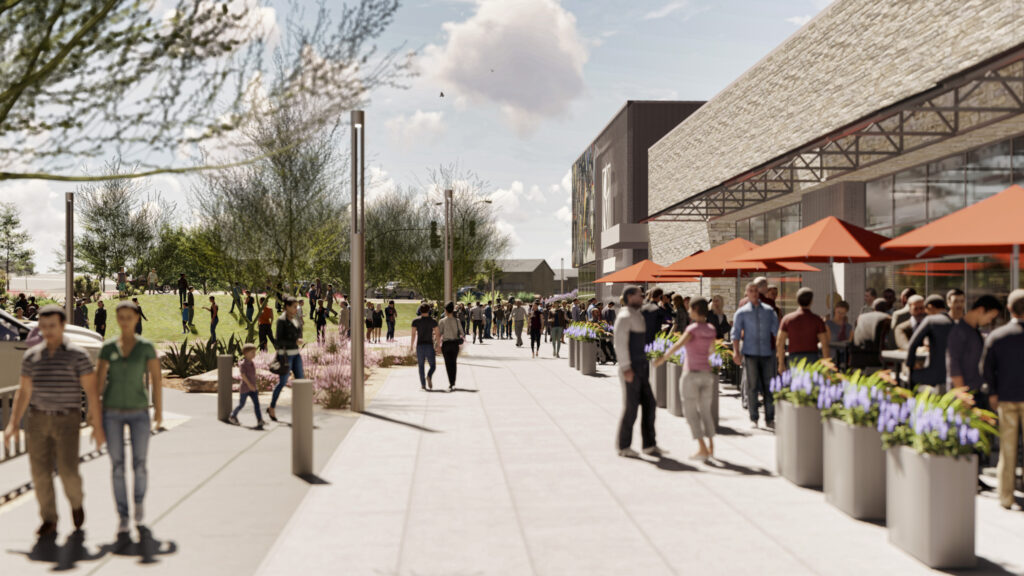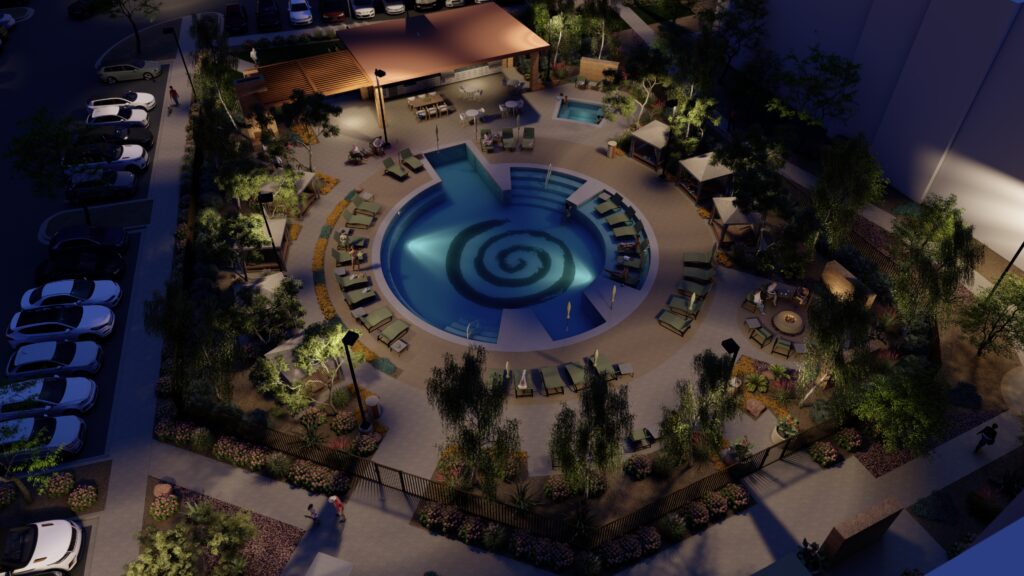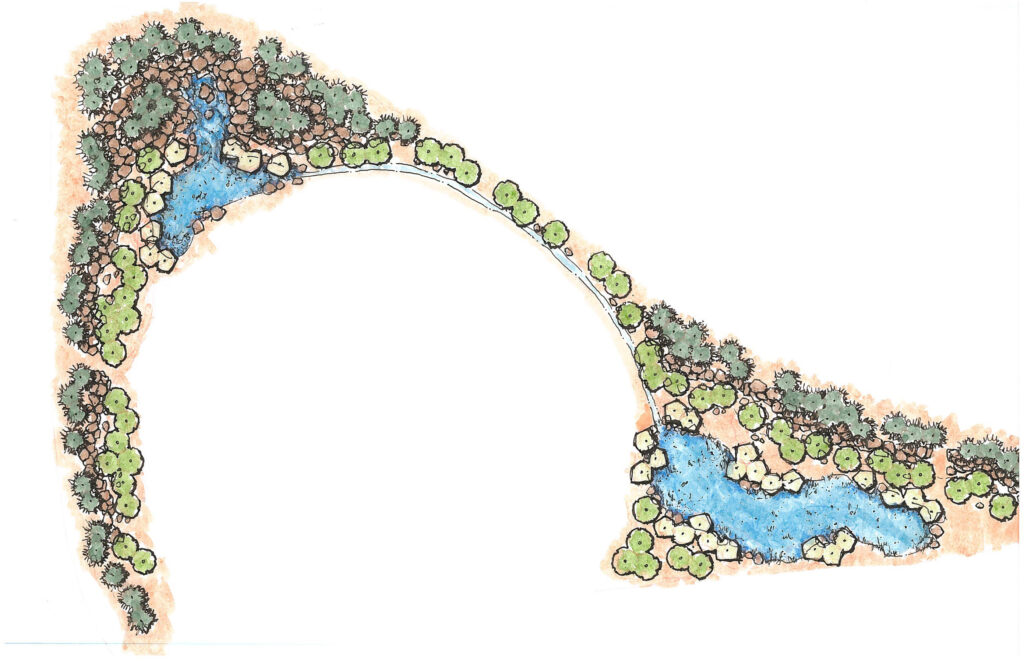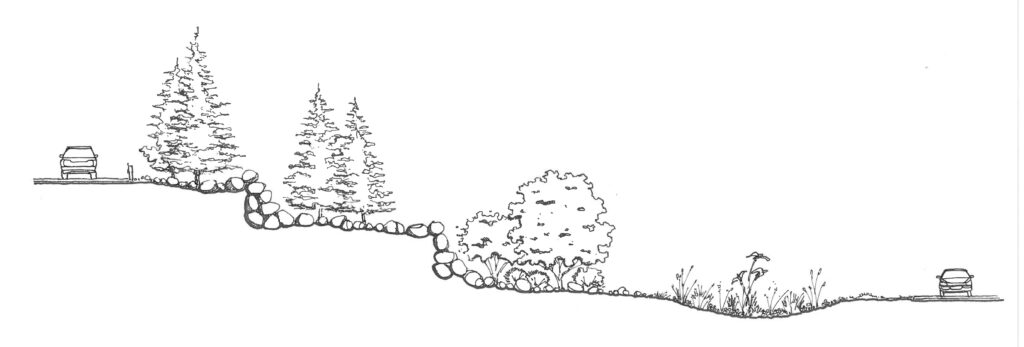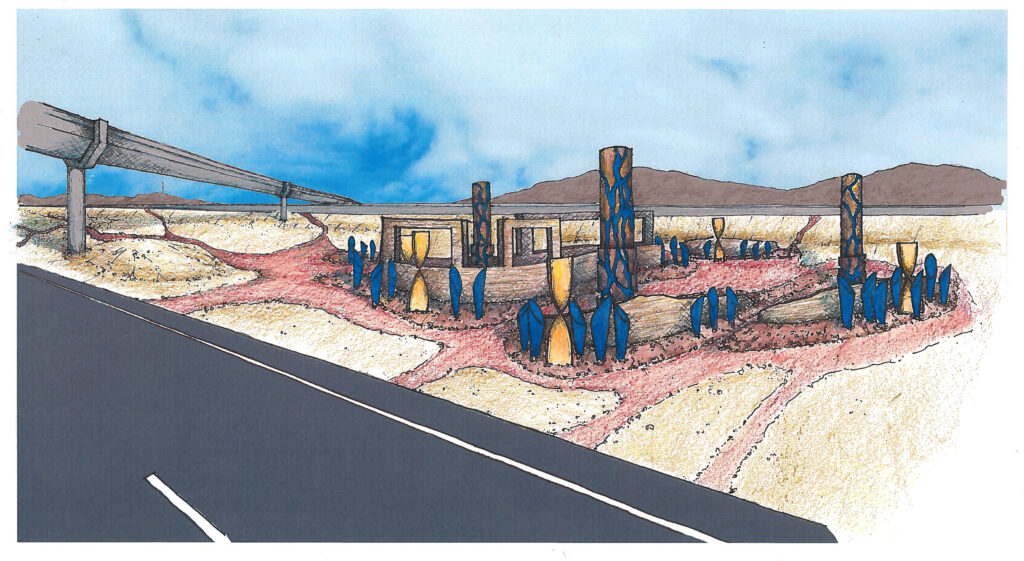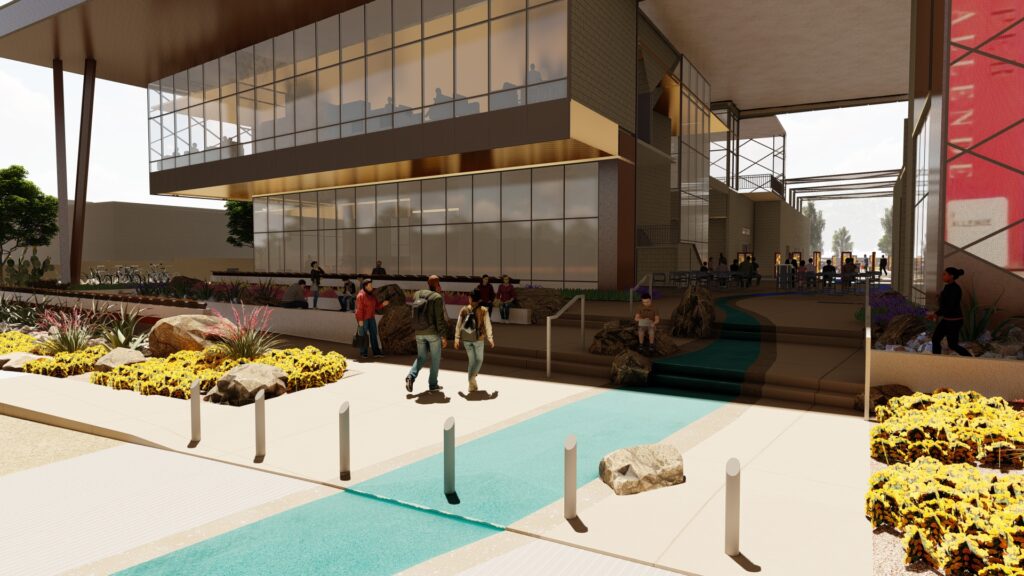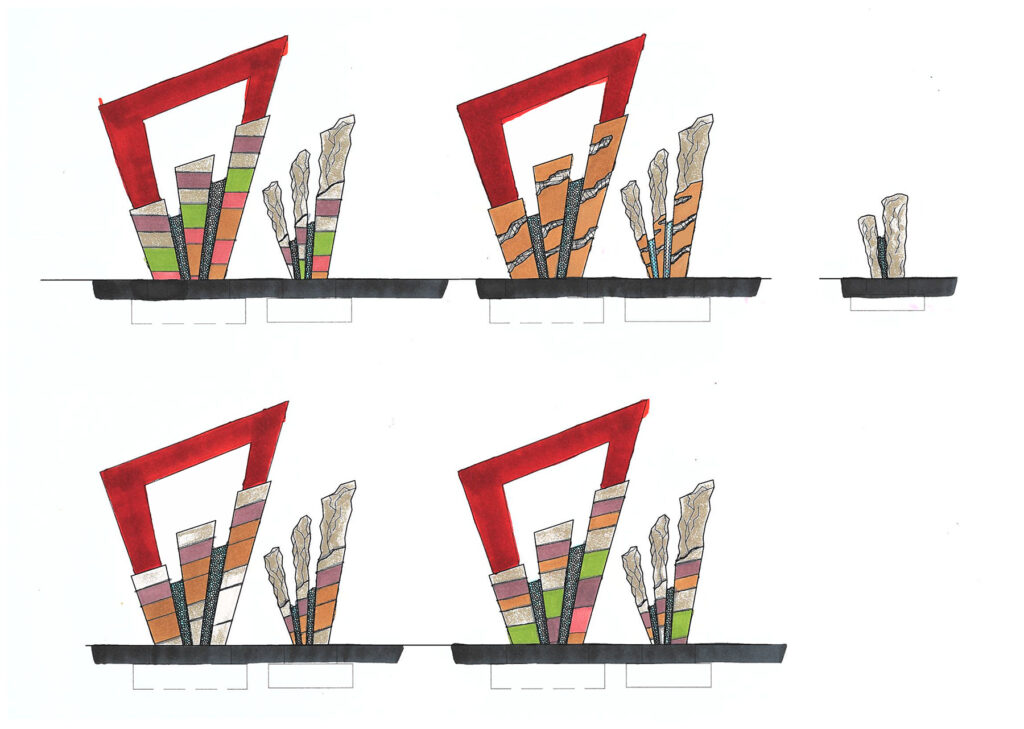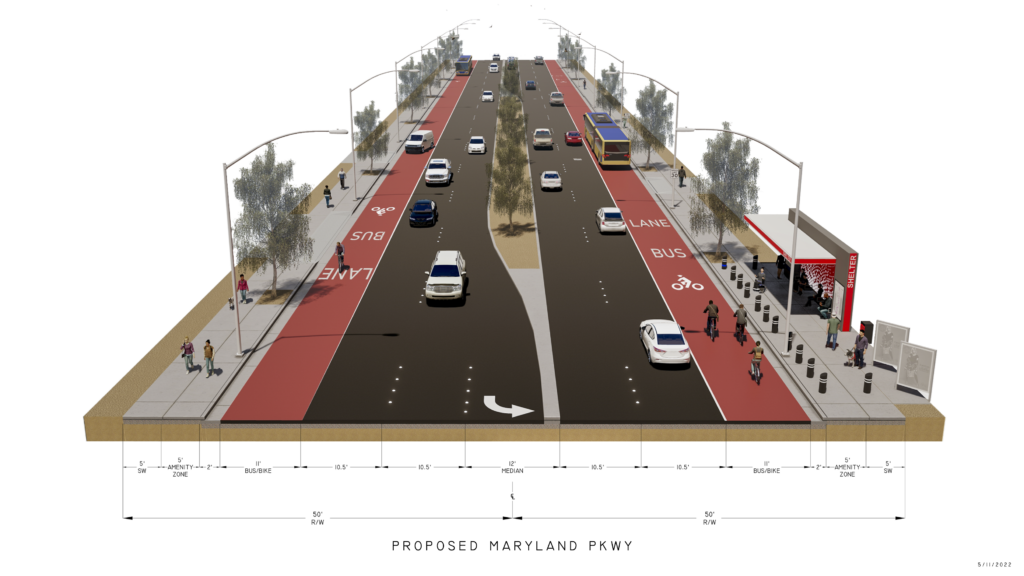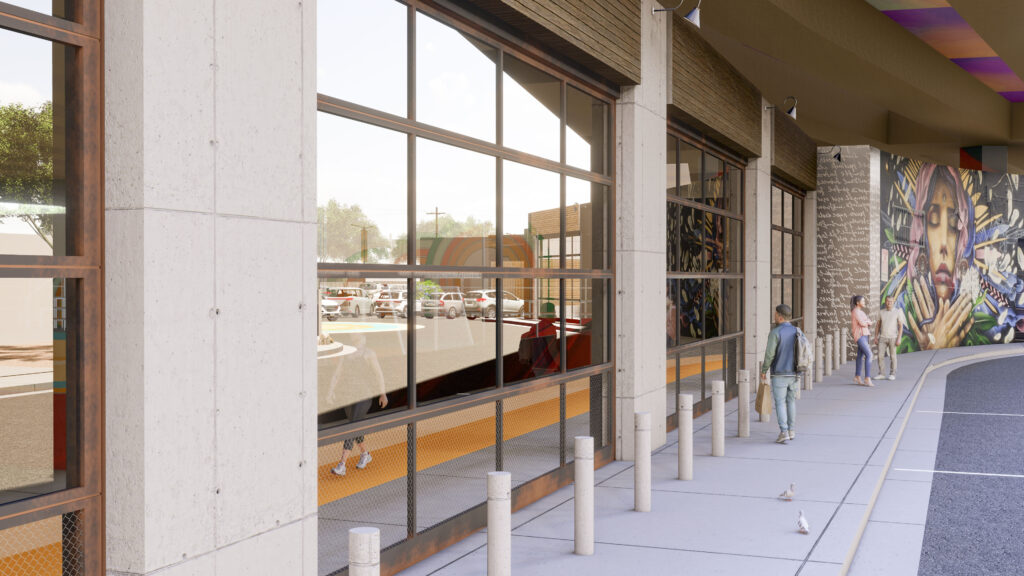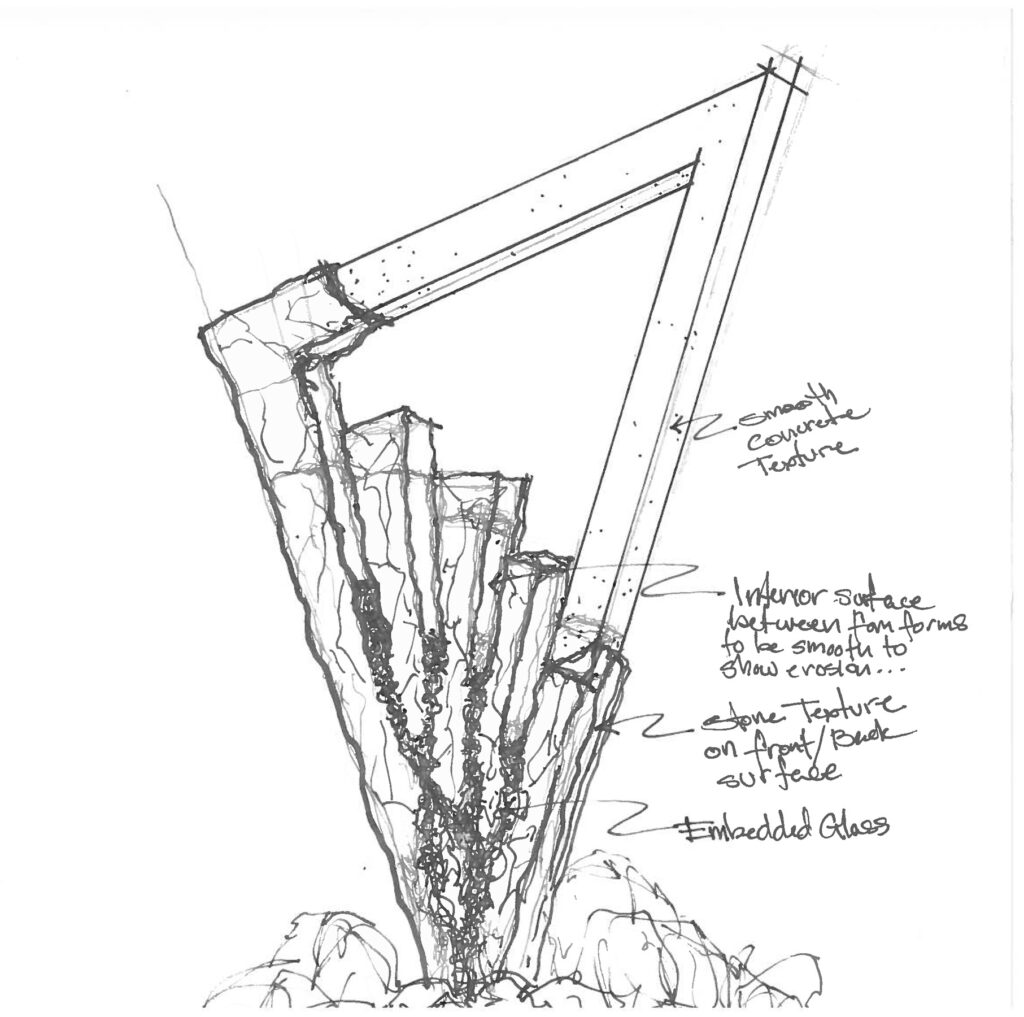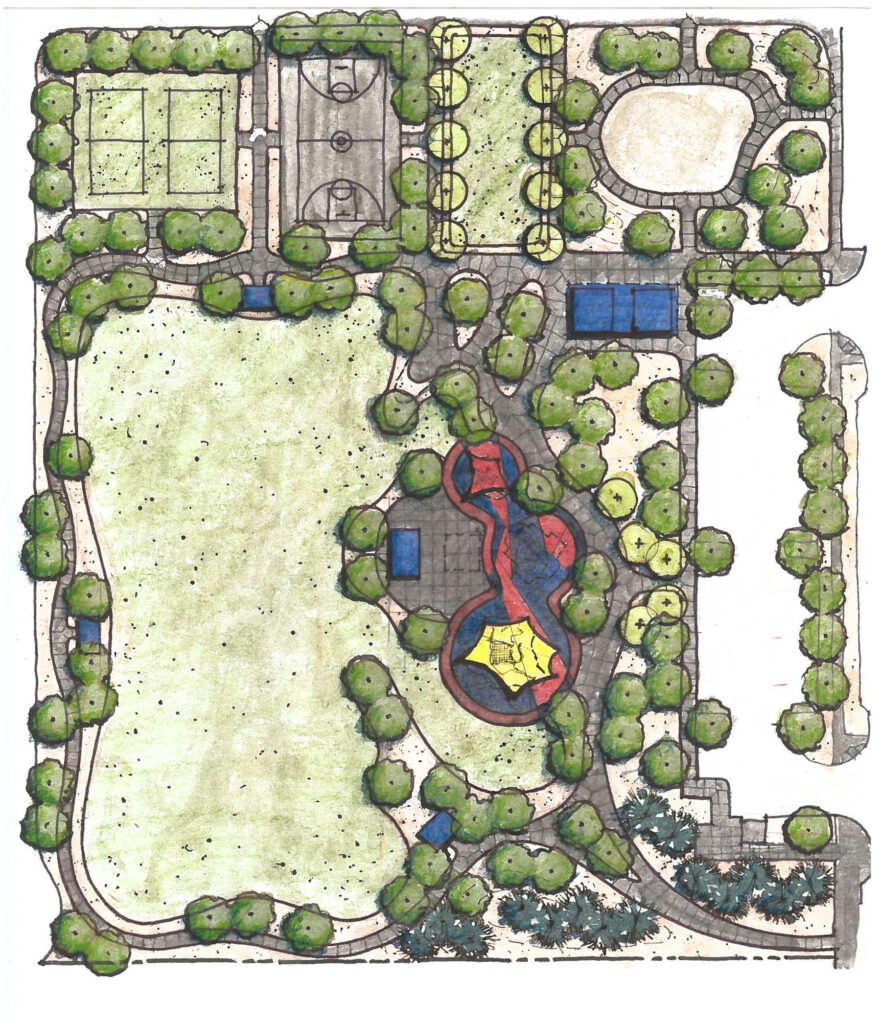This idea encapsulates the notion that in creative fields, particularly in design, architecture, or any form of artistic endeavor, the process often generates a wealth of ideas and visualizations that never see the light of day in a finished product or presentation. Here’s an elaboration on this concept:
Speculative Nature of Work: Creative work often begins with exploration and speculation. Designers, architects, and artists engage in brainstorming sessions, sketching, and experimenting with various concepts and approaches. This speculative phase is crucial for generating a wide range of ideas, some of which may be unconventional or daring.
Iterative Process: Creativity is rarely a linear path from idea to execution. Instead, it’s an iterative process of refinement and revision. Ideas evolve over time through feedback, experimentation, and critical reflection. Each iteration may lead to new insights and directions, enriching the creative process.
Abundance of Ideas and Imagery: Throughout this speculative and iterative journey, creators generate a plethora of ideas, sketches, prototypes, and visualizations. Some of these may be incomplete fragments, while others are fully developed concepts that, for various reasons, don’t progress to the final stage of a built project or a polished presentation.
Value in Sharing: Despite not materializing into tangible outcomes, these ideas and imagery hold intrinsic value. They represent the creative energy, experimentation, and imagination invested in the process. Sharing them can inspire others, spark new conversations, and stimulate further exploration within the creative community.
Unrealized Potential: It’s essential to recognize that the absence of realization doesn’t diminish the significance of these ideas. They may remain dormant for a while, only to resurface later in different contexts or inspire entirely new projects. What seems like a “failure” to materialize into a finished product may actually be a stepping stone toward future innovations.
Learning and Growth: Reflecting on discarded ideas and unfinished explorations can be a valuable learning experience. It offers insights into what works, what doesn’t, and why. This self-reflection contributes to the growth and development of creative practitioners, enabling them to refine their skills and refine their approach to future projects.
In essence, the speculative and iterative process of creative work generates a rich tapestry of ideas and imagery that extend beyond the confines of finalized projects or presentations. Embracing and sharing this abundance contributes to the vibrancy and dynamism of the creative community, fostering innovation and pushing the boundaries of artistic expression.

